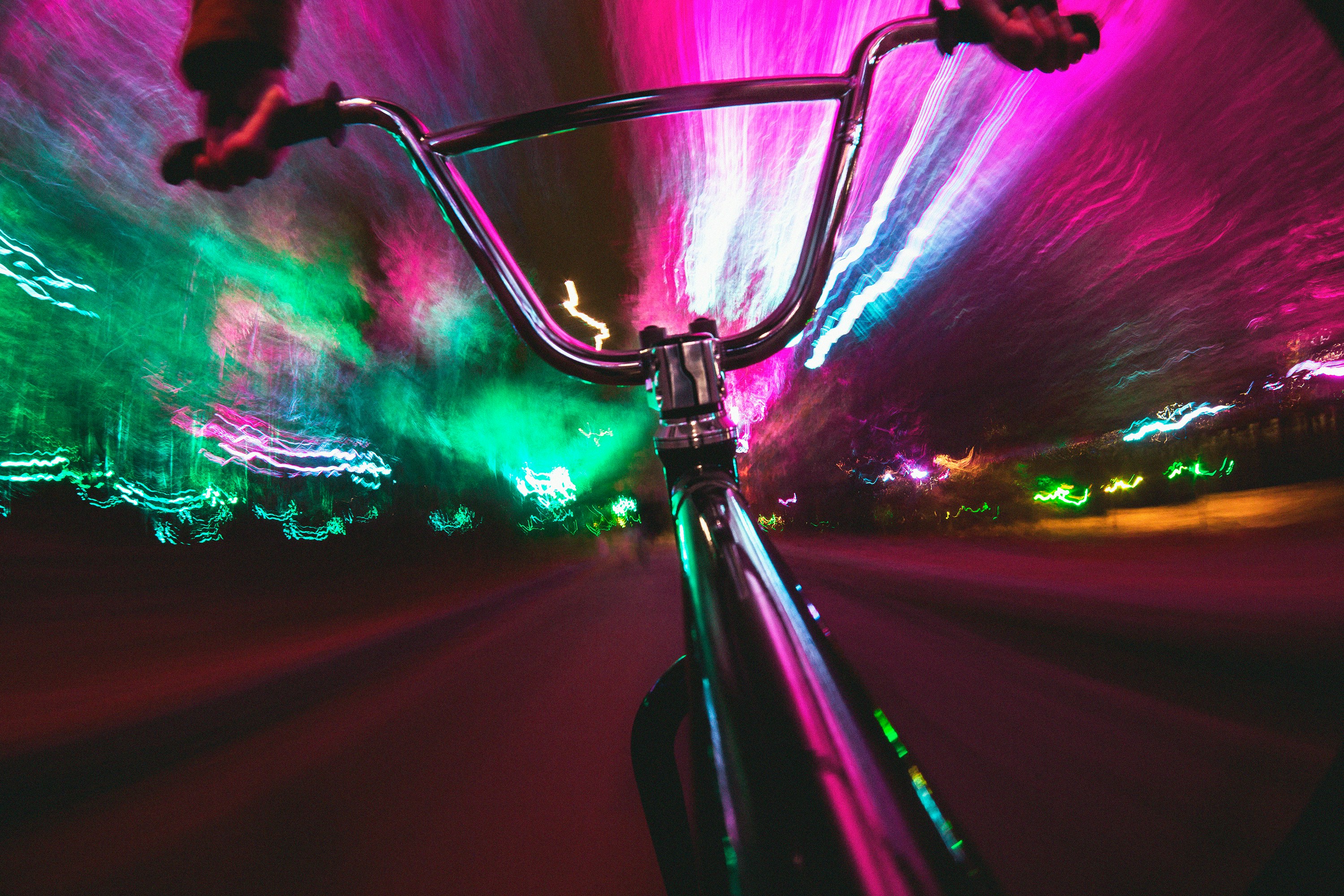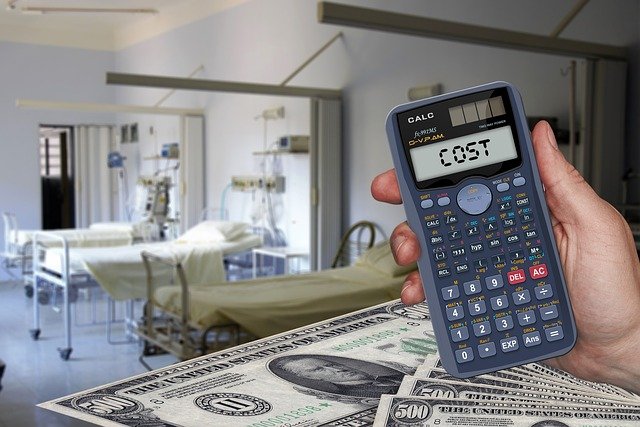"Cinematic Choreography: Dance's Star Turn in Modern Film"
Cinema and dance have shared a long and intricate history, intertwined in an artful pas de deux. From the golden era of Hollywood musicals, where stars like Fred Astaire and Ginger Rogers tapped their way into the hearts of audiences, to the modern resurgence of dance films such as "Black Swan" and "La La Land," dance has always been a critical part of cinematic storytelling.

The Dance of Modern Cinema
In recent films, dance scenes have transcended beyond mere spectacle and have become a tool for filmmakers to express complex emotions and narratives. An excellent example is Damien Chazelle’s “La La Land,” where the characters’ emotions are conveyed through their dances. From the buoyant tap sequence set against the Los Angeles skyline to the melancholy waltz in the planetarium, the dance scenes in “La La Land” serve as pivotal narrative elements, not just visual spectacles.
Impact and Significance
The impact of dance in cinema extends beyond the screen, influencing popular culture and inspiring new generations of dancers. Films like “Step Up” and “Save the Last Dance” have sparked a renewed interest in dance among the youth, contributing to a surge in dance studio enrolments. Moreover, the popularity of these films has also led to a resurgence of dance on television with shows like “So You Think You Can Dance” and “Dancing with the Stars.”
The Art of Choreography in Film
The choreography of dance sequences in cinema requires a unique blend of creativity and technical precision. Choreographers like Ryan Heffington, who crafted the memorable dance sequences in Sia’s music videos and the Netflix series “The OA,” are being recognized for their artistic contributions to film. The detailed choreography not only enhances the visual appeal of the scenes but also serves as a nonverbal storytelling tool, expressing the characters’ emotional journeys.
Looking Towards the Future
The role of dance in cinema continues to evolve, with filmmakers exploring innovative ways to incorporate choreography into their narratives. Virtual reality technology is being used to give audiences a fully immersive experience of the dance sequences, as seen in the short film “Through You.” As we move forward, the dance and cinema partnership promises to keep audiences on their toes, one pirouette at a time.
In conclusion, dance is a powerful narrative tool in the modern cinematic landscape. It brings a unique blend of visual spectacle and emotional resonance, enhancing storytelling in a way few other mediums can. As technology advances and the limits of creativity continue to be pushed, the future of dance in cinema seems not just bright, but downright dazzling.




